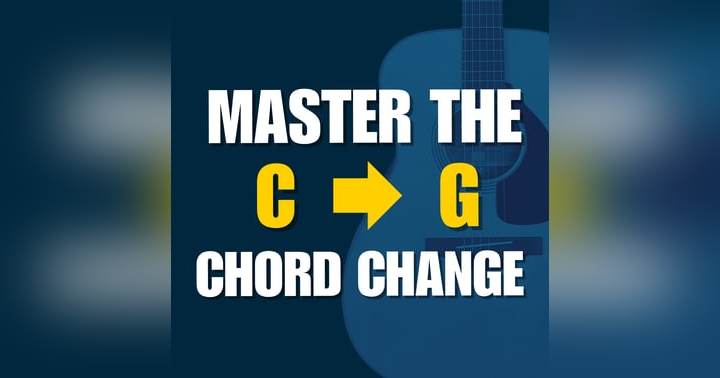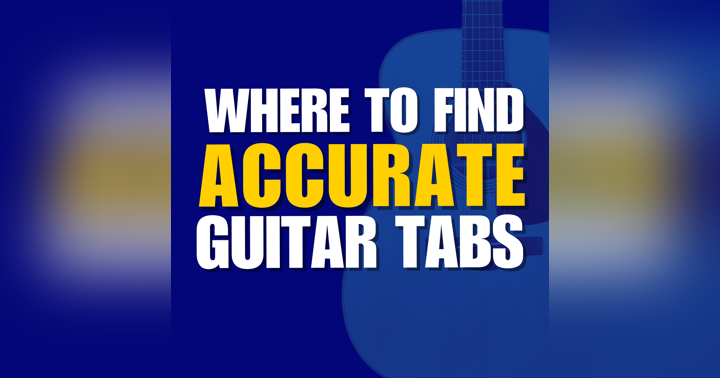The Basic 8 Guitar Chords Every Beginner Should Know

Are you just starting your guitar journey and wondering which chords you absolutely need to know? This week’s episode of the Beginner Guitar Academy podcast with Paul Andrews is your perfect guide!
He breaks down the “Basic Eight” — those foundational open chords every beginner should master —and shares actionable tips to make learning them simple, structured, and—most importantly—fun.
The Basic Eight: Why They Matter
Every guitarist, regardless of their style, starts with a set of foundational chords. These are the chords that unlock literally hundreds of songs, from The Beatles to Green Day and Bob Dylan to Sabrina Carpenter. As Paul Andrews explains, these eight chords give you the keys to play campfire classics, pop hits, and classic rock anthems, all by mastering a few essential finger shapes.
The Basic Eight Chords:
-
Major Chords: A, C, D, E, G
-
Minor Chords: A minor, D minor, E minor
Chord Technique: The Three Fs
Before you jump into shapes, Paul Andrews stresses technique. He uses his “Three Fs” method for correct chord fretting:
-
Flat Thumb: Keep your thumb flat on the back of the guitar neck, pointing up as if giving a thumbs-up. This gives your fingers strength and support.
-
Fingertips: Press strings with the very tips of your fingers for clean contact and sound.
-
Fret Placement: Place your finger just behind the fret wire. This means you won’t have to press as hard and will avoid those annoying buzzes or dead notes.
Breaking Down the Chords
Major Chords
-
A Major: Fingers compress onto the second fret of the D, G, and B strings. Troubles with muted strings? Make sure your thumb stays down and your palm isn’t touching the neck.
-
C Major: A stretchy shape spanning the neck. Use your fingertips and watch for muted “G” and “high E” strings.
-
D Major: Only strum the bottom four strings (D, G, B, high E) and be mindful not to let the low E or A ring out.
-
E Major: A full six-string chord. Be careful not to press too hard—find the “buzz point” so your fingers don’t get as sore!
-
G Major: A shape that stretches across the width of the neck. Changing to and from G takes time, so be patient and practice those transitions.
Minor Chords
-
A Minor: Simple adjustment from C major—move just one finger!
-
D Minor: Another four-string chord. The stretch between your index and ring finger may take time to master. Practice finger stretches to ease the process.
-
E Minor: Use your first and second fingers (not second and third), a trick that sets you up for quicker chord changes later.
For chord diagrams and finger placements, check out this PDF.
Effective Practice: The Three Ss
Now that you know the chords, how do you practice them effectively? Paul Andrews recommends the “Three Ss”:
-
Shape: Drill the chord shape until you can form it without thinking. Practice removing your hand and refinding the position. Try slapping your knee between formations to break muscle memory and re-form the chord from scratch.
-
Sound: Pick each string individually and listen for buzzes or muted notes. Adjust your form using the Three Fs until every note rings clear.
-
Speed: Only after you can reliably form the shape and get a clean sound should you work on changing between chords faster. Use a timer and count how many successful switches you make in 30 seconds—track your progress!
Putting It All Together: Song Suggestions
Ready to jam? Here are some songs Paul Andrews recommends, tailored to use these chords:
-
“Hey Joe” by Jimi Hendrix: Cycles through all five major chords—great for practicing transitions.
-
“Zombie” by The Cranberries: Uses just four chords and can be played simply or with advanced embellishments. (Beginner Guitar Academy also offers a live workshop on this tune!)
-
“Espresso” by Sabrina Carpenter: Features Dm, Em, and Am for minor chord practice.
-
“Never Met a Girl Like You Before” by Edwin Collins: Uses Am, Dm, Em, with a capo at the third fret and a cool little lead line to try.
Want even more? Revisit episode 173 for “10 Easy Songs to Learn on Guitar.” If you’re a member of Beginner Guitar Academy, check out the song and campfire song sections for even more practice material.
Final Thoughts
The journey to becoming a confident guitarist starts with a handful of chords and a lot of patience. Mastering these eight will let you play an astonishing variety of tunes and truly enjoy your guitar adventure. Don’t forget to download the chord chart PDF and take it slow—shape, sound, speed!
If you loved this episode, please leave a review, stay consistent with your practice, and keep rocking. See you in the next episode!









